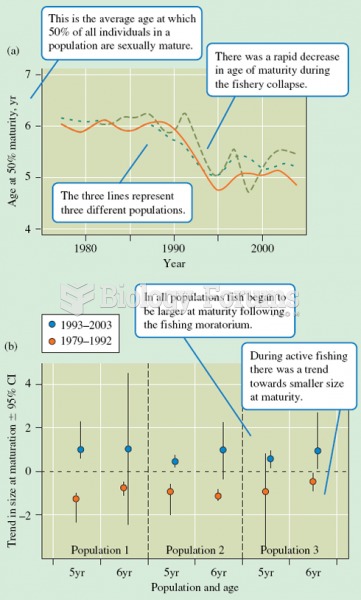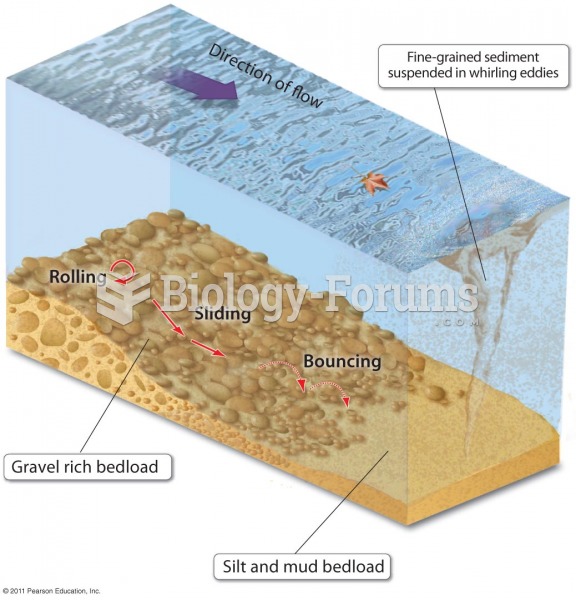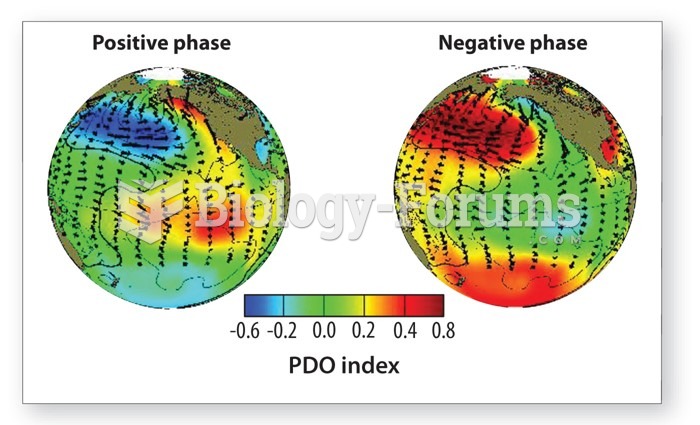Answer to Question 1The thickness of pelagic sediments is highly variable. When averaged, sediments
cover the Atlantic Ocean bottom to a thickness of about 1 kilometer (3,300 feet), and
the Pacific floor has an average sediment thickness of less than 0.5 kilometer (1,650
feet). There are two reasons for this difference. First, the Atlantic Ocean is fed by a
greater number of rivers laden with sediment than the Pacific, but the Atlantic is
smaller in area; thus, it gets more sediment for its size than the Pacific. Second, in the
Pacific Ocean many oceanic trenches trap sediments moving toward basin centers.
Beyond this, the composition and thickness of pelagic sediments also vary with
location, being thickest on the abyssal plains and thinnest (or absent) on the oceanic
ridges.
Answer to Question 2Sediments can build to impressive thickness on continental shelves. In some cases,
neritic sediments undergo lithification: they are converted into sedimentary rock by
pressure-induced compaction or by cementation. If these lithified sediments are thrust
above sea level by tectonic forces, they can form mountains or plateaus. The top of
Mount Everest, the worlds highest peak, is a shallow-water biogenic marine
limestone (a calcareous rock). Much of the Colorado Plateau, with its many stacked
layers, was formed by sedimentary deposition and lithification beneath a shallow
continental sea beginning about 570 million years ago. The Colorado River has cut
and exposed the uplifted beds to form the Grand Canyon. Hikers walking from the
canyon rim down to the river pass through spectacular examples of continental-shelf
sedimentary deposits. Their journey takes them deep into an old ocean floor.






